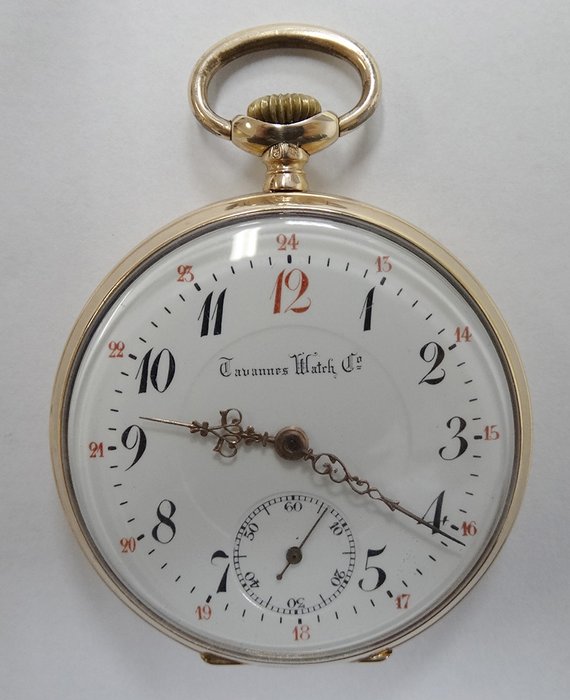Tavannes Watch Company Serial Numbers
Number: TA A07.104/BP02 Watch Description. The dark look and massive size of this Tavannes watch Pilot Gents 'black on black' watch turns men s heads. A beautiful automatic movement which you can see through the see-through back will make of this TA-VON watch a perfect gift or an addition to your collection.
I recently became interested in Cyma Tavannes. The quality of the movements and relative lack of demand make this manufacturer very attractive. The beautiful cases and dials don't hurt either. If anyone has information regarding serial numbers, it would be much appreciated. First a caliber 404 Next a caliber 032. Event date: event description: 2016-03-24: sn assigned for sect 66a subseq desig from ib: 2016-03-28: new application office supplied data entered in tram.
While we can't make you into an antique watch expert with just a few web pages, we hope we can share a little of our knowledge in order to help you learn more about your vintage or antique watch. We've tried to provide answers to some of the more common questions about the proper care and handling of a vintage watch, in order to help you learn more about this fascinating area of American history.
Two Parts: Watch Case and Watch Movement
There are two distinct major 'components' to most pocket watches: The watch case and the watch movement. The movement is the inner 'works'... the actual time-keeping mechanism of the watch. The watch case is the outer protective cover, including the crystal that covers the dial. The case also includes (or accommodates) the winding stem and crown.
What's important to know about antique American watches is that cases and movements were usually made by different companies. There were watch manufacturers and there were case manufacturers. American pocket watches used a system of (relatively) standard watch sizes, so it was possible for a customer to select the watch movement they wished to purchase, and then select a case to hold it. Cases could be made of a wide variety of metals: gold, sterling silver, coin silver (made from melted US coinage), nickel, and plated brass.
Left: Watch case with crystal; Right: Watch movement with dial and hands
Tavannes Watch Company Serial Numbers
Open Face or Hunter Case?
This is one of the easiest questions to answer! If there is a metal cover over the dial of the watch (it's called the 'dial' not the 'face') then it's a hunter-case watch. If there is no metal cover over the dial, then it's an 'open face' watch. An open-face watch just has a 'crystal' over the dial (usually made of mineral glass). If there is neither a metal cover nor a crystal, then it's likely that something's missing. Sometimes the bezel (the round metal ring that retains the crystal) is lost, which makes it impossible to replace the missing glass (see this article for more information on vintage pocket watch bezels).

Hunter-cased watch has a metal lid over the dial of the watch which closes to protect the crystal, hands and dial.
Left: Open face watch with bezel and crystal installed, Right: Same watch with bezel and crystal removed
Demi-Hunter Case
A minor variation on the hunter case is the demi-hunter style, which has a small 'window' in the front cover through which the hands (or part of the hands) may be viewed. This is sometimes complemented by an enamel inlaid 'dial' in the lid in the case, so that one can easily tell the time without needing to open the watch. Thus the demi-hunter provided the convenience of an open-face watch with the protection of a hunter-cased watch. Demi-hunter cases are much more common on watches of European origin; we don't see very many American watches in demi-hunter cases.
/344/1224344.jpg)
Swiss demi-hunter case with inlaid enamel dial in the case-lid, by Thos. Russell
Side-Winders

Note that in the photos above, the winding stem is at the 3:00 position on the hunter-cased and demi-hunter-cased watches, and in the 12:00 position on the open-face watch. This is by design. Movements were made either for a hunter-case or for an open-face case. The primary difference between a hunter-case movement and an open-face movement is the relative positioning of the winding arbor and the seconds bit, and the positions of the dial-feet.
When a hunter-case movement and dial are mounted in an open-face case, it is called a 'side-winder' because the winding stem will now be at the 3:00 position instead of the 'normal' 12:00 position. While this doesn't present any real operational difficulties, a side-winder is generally not considered to be a 'correct' matching of movement and case. Note that it's only called a side-winder if it is a hunter-case movement in an open-face case. We sometimes hear people calling their hunter-cased watches side-winders because the winding stem is at 3:00... but they should only be called side-winders if in an open-face case.
For more information, please see our article on side-winder and side-seconds watches.
Pair-Cased Watches
You're probably not going to run into very many of this case type, unless you have a very old watch that's been handed down to you. In the early to mid-18th century, it was common for watches to be housed in 'pair cases'. A pair-cased watch has an inner case which holds the actual movement of the watch (often a verge fusee), and an outer case which enclosed and protected the inner case. Since the inner case couldn't be made dust-proof because of the key-holes for winding and/or setting, an outer case would provide additional protection from dust and dirt. There were even some triple-cased watches made during the same period! Early pair-cased verge fusee watches were often ornately decorated with pierced and chased gold-work as seen in the photos below.
Tavannes Pocket Watch Identification
Pair-cased 18th century verge fusee by Ja. Thomson, London
